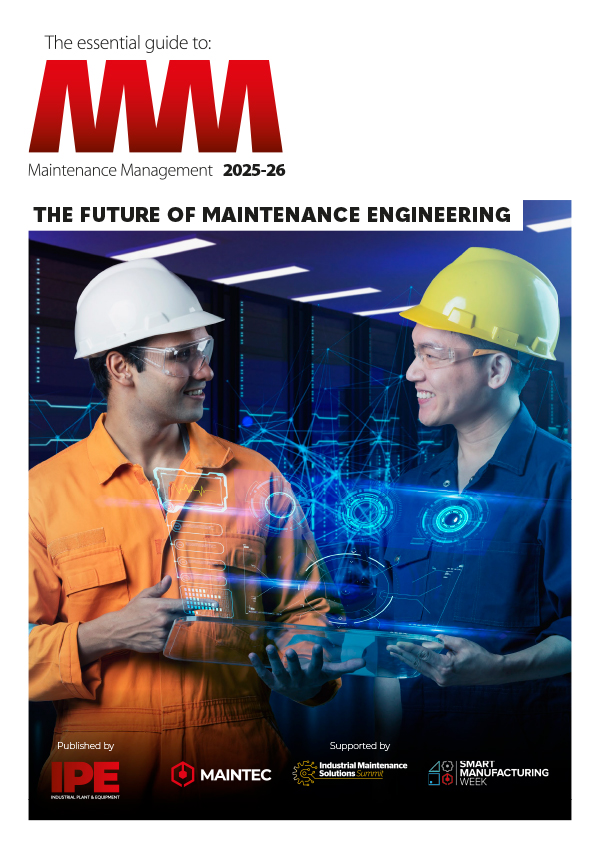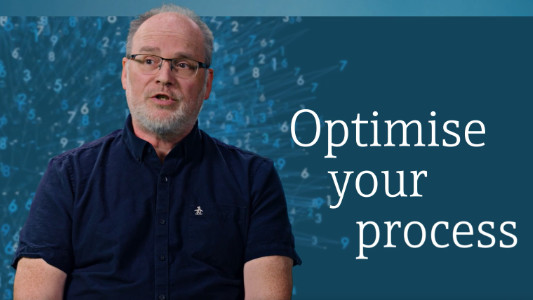

|
Edward Lowton
Editor |


|
| Home> | Handling and Storing | >Lift trucks & ancillaries | >Five questions to ask before pursuing indoor forklift electrification |
Five questions to ask before pursuing indoor forklift electrification
30 May 2024
There are several key questions you should ask when considering electrification for indoor forklift applications, says Robert O'Donoghue

ELECTRIC MOTIVE power is increasingly popular among high-intensity operations, and electric options for forklifts are no longer limited to lead-acid batteries. But what should you ask before pursuing electrification for indoor forklift applications?
1. Are indoor operations going electric?
The electric lift truck market was valued at approximately €46bn in 2021 and is expected to grow at a rate of 10% CAGR by 2030 to around €121bn. Counterbalance lift trucks account for half the market. Subject matter experts expect this trend to accelerate in coming years as globally, there is a focus on reducing carbon emissions, such as those produced by diesel powered equipment.
2. Can electric offer comparable performance to ICE?
Lead-acid batteries possess certain characteristics that hinder their ability to deliver ICE-like performance. They are also generally too large and heavy to be adequately scaled up to satisfy the energy draw of a high-capacity lift truck. Plus, power output diminishes as a lead-acid battery’s charge depletes.
Charging a lead-acid battery is also space-intensive and time-consuming. By contrast, newer electric options like lithium-ion batteries provide consistent power until depletion, putting them more in line with ICE performance. Lithium-ion and thin plate pure lead (TPPL) batteries offer faster charging times than traditional lead-acid batteries and are designed for opportunity charging. Hyster also offers electric power options for equipment with much higher capacities than most indoor forklifts, including those with load capacities up to 18 tonnes powered by integrated lithium-ion.
3. What are the benefits?
Electric options can help your company meet regulatory standards and reach emission reduction goals. Lithium-ion and TPPL produce zero harmful emissions, while lead acid does emit some gassing during charging.
Deploying a truck fleet that doesn’t emit smells or greenhouse gases can also help enhance working conditions for your operators, who benefit from improved air quality and reduced noise levels compared to ICE, especially in indoor settings.
While all lift trucks require maintenance, the maintenance requirements associated with power sources vary. Electric drivetrains have fewer components and less complexity than ICE lithium-ion options require zero battery maintenance or equalisation. The reduced maintenance requirements and workload associated with electric trucks can be an important aid for businesses.
4. What are the concerns?
Every operation is different. Several factors influence appropriate power choice, including operating time, temperature, space availability, cost tolerance, local utility grid dependability, and relevant emissions requirements. For example, operations located in areas with weak electrical grids are more prone to experience brownouts that could temporarily grind work to a halt, particularly when charging lithium-ion powered equipment. Likewise, going electric may require your facility to dedicate extra space for battery storage or to upgrade its electrical and other infrastructure.
5. Is going electric going to break the bank?
Electric power options range in cost and this will also vary depending on your location and operation. Taking advantage of available grant and incentive programmes can also help offset the costs.
Rightsizing lithium-ion batteries and chargers to your infrastructure and operational needs can also help contain costs, as overestimating the size of the battery and charging speed needed to accomplish your goals can lead to unnecessary overspending. Estimating and comparing the total cost of operation over the life of the truck, including factors like energy spend, maintenance, space, and labour costs, can help identify the most cost-effective power solution.
Robert O'Donoghue is VP marketing and solutions, EMEA at Hyster-Yale Group
For more information:
Tel: +44 (0) 1276 538500


















